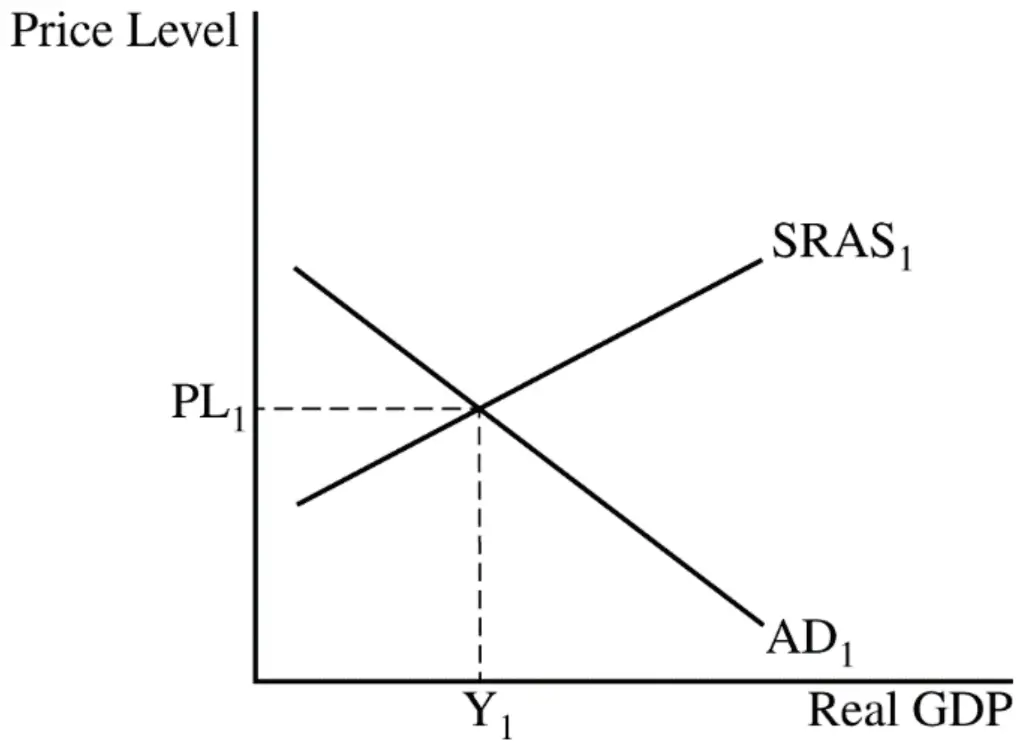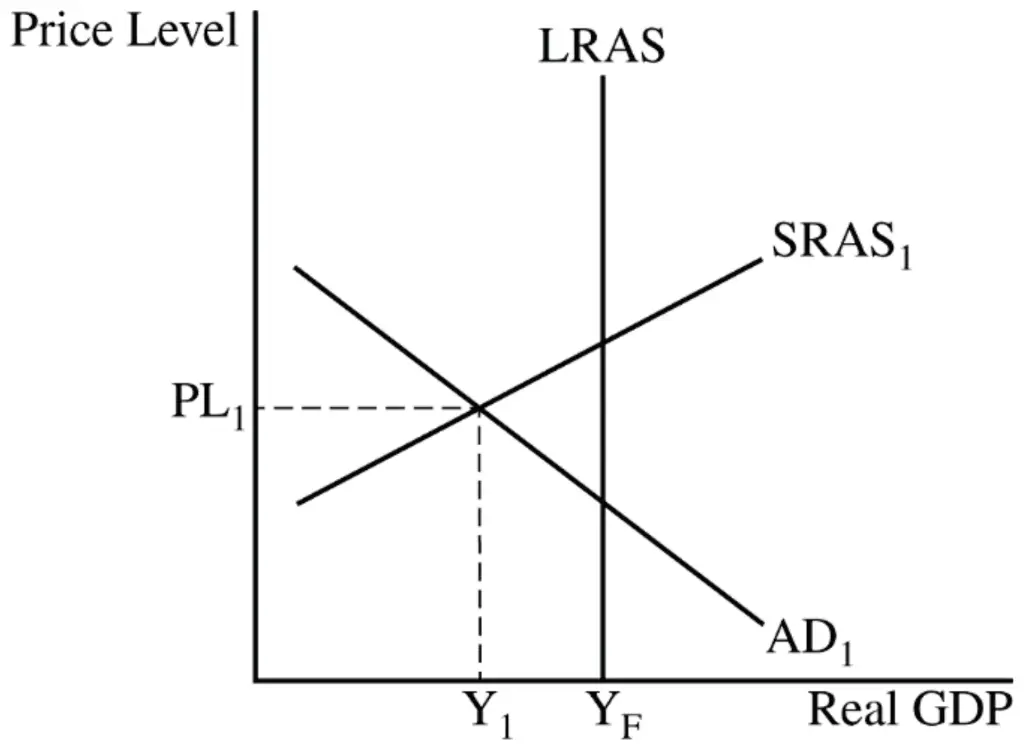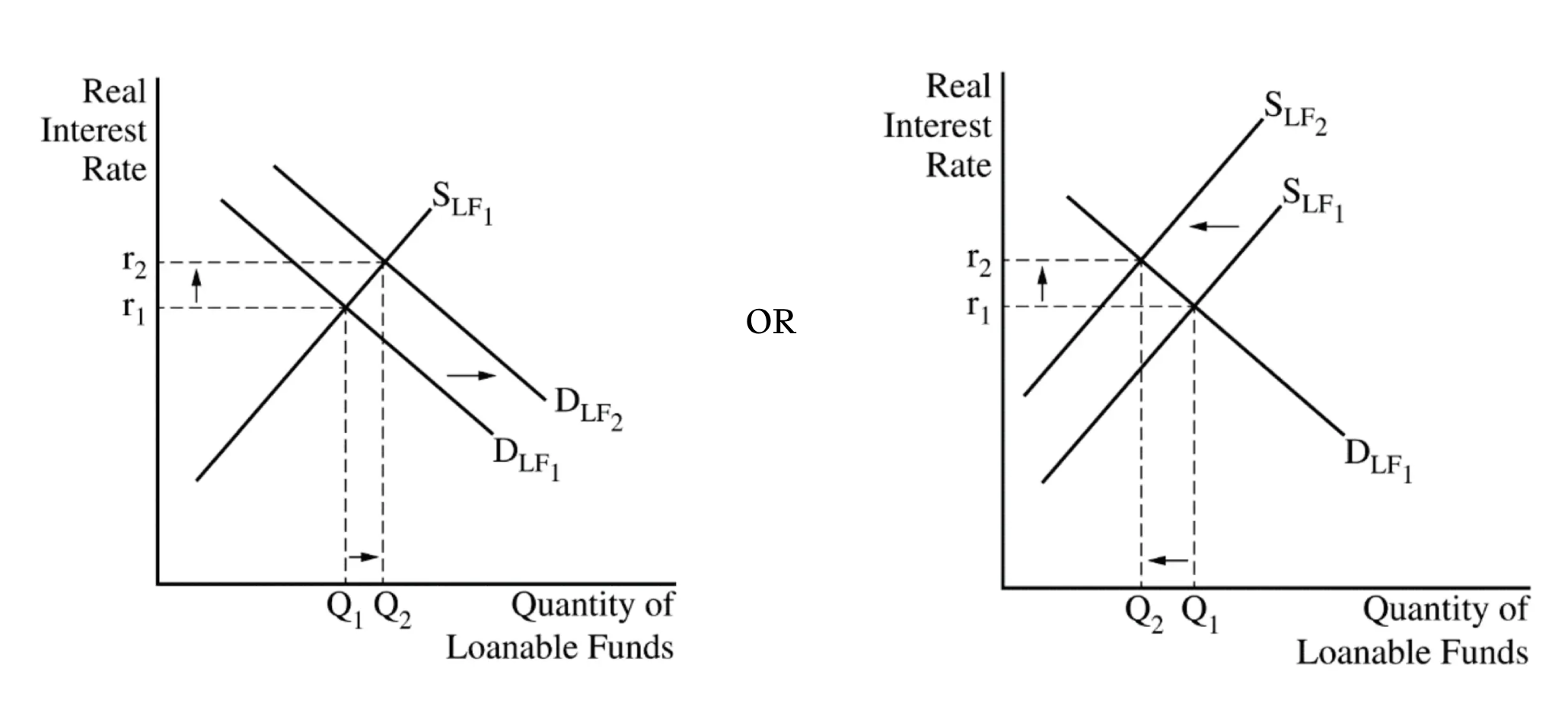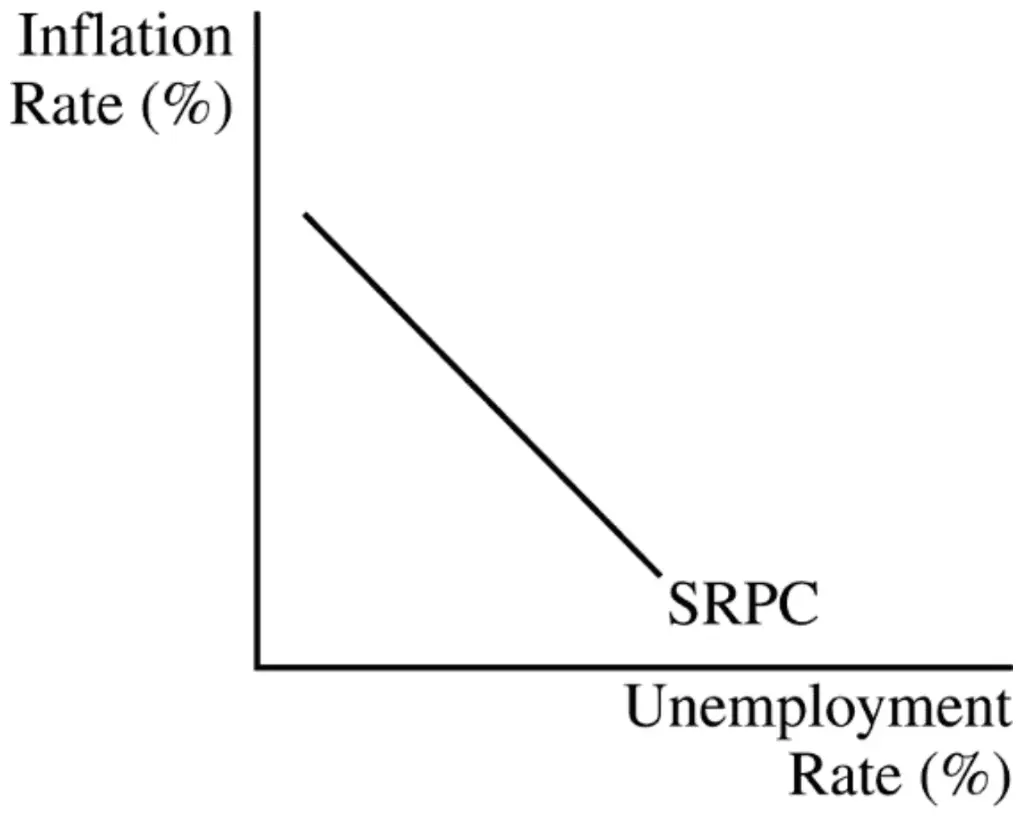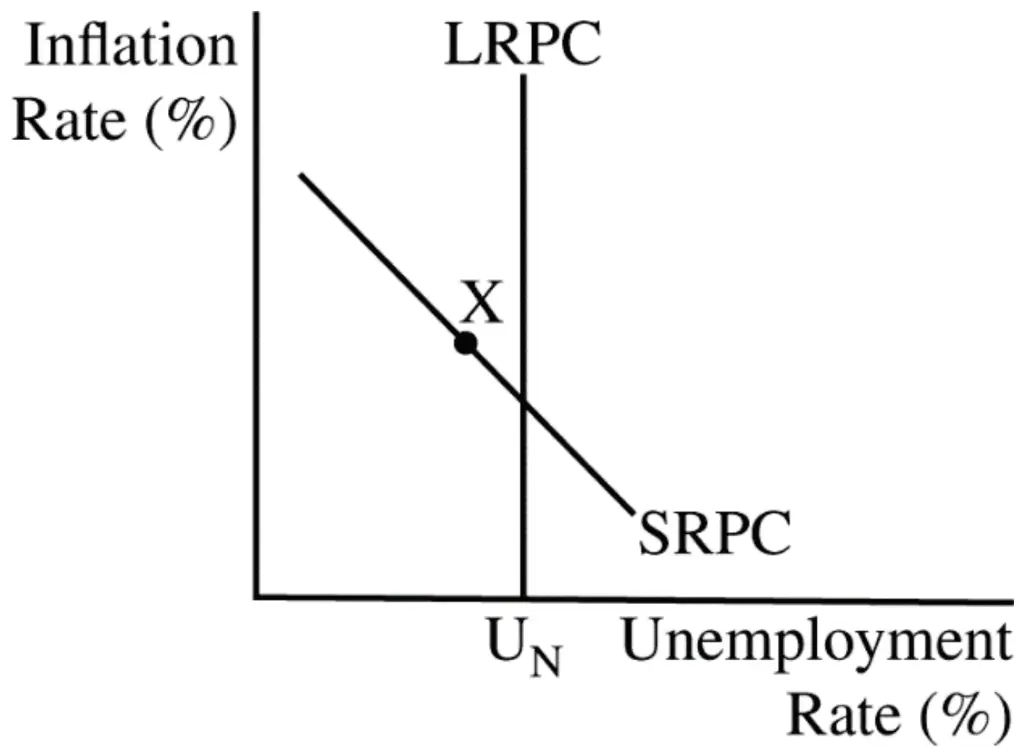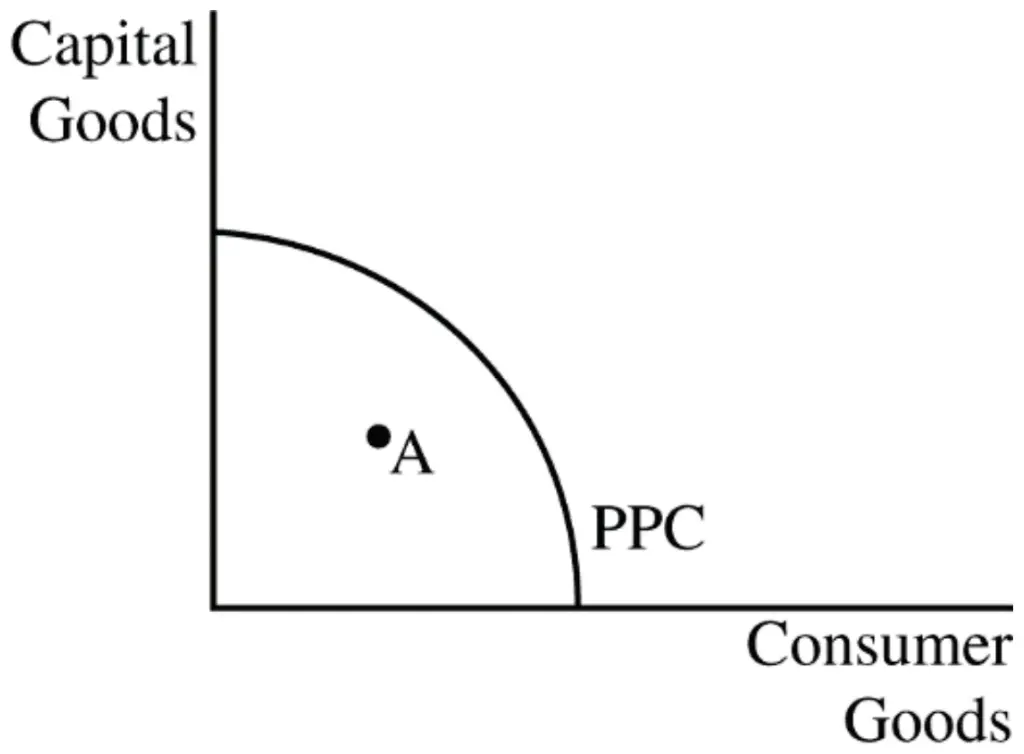Format of AP Macroeconomics FRQ Section
The AP Macroeconomics exam consists of two sections. The first section comprises 60 MCQs, and the second is the FRQs, composed of one long question and two short questions.
The following is the structure of the AP Macro FRQ exam:
- 3 Questions
- Duration: 1 Hour (includes a 10-minute reading period)
- Contributes to 33% of the Exam Score
In this section, a single extended FRQ constitutes 50% of the section score, accompanied by two shorter FRQs, each contributing 25%. Students are required to articulate assertions on economic concepts, principles, models, outcomes, and effects, providing detailed explanations. Furthermore, they must demonstrate analytical skills by interpreting numerical data and creating graphs or visual representations. This multifaceted assessment evaluates students' proficiency in both economic theory and analysis.
For more information on the exam format and structure, please read our article on the AP Macroeconomics Exam Format.
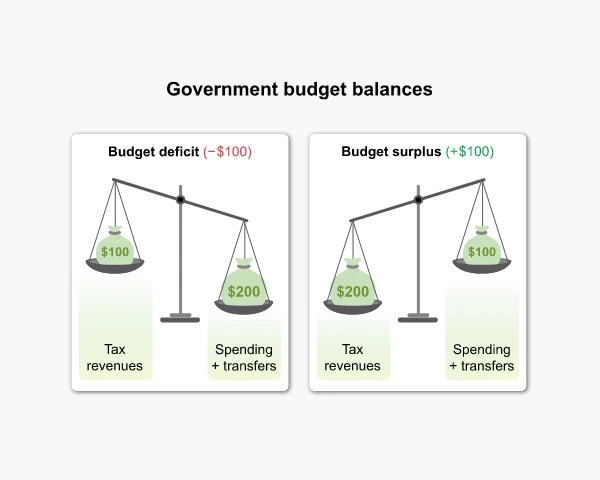
How to Answer AP Macroeconomics Free-Response Questions?
Navigating AP Macroeconomics FRQs requires strategic thinking and a structured approach. It's a smart move to use a reliable resource like UWorld’s AP Macroeconomics study guide to thoroughly understand key concepts, helping you frame your answers effectively.
Here are key strategies to help you excel in addressing these questions:
-
Utilize the 10-Minute Planning Period
- Take advantage of the time allocated for planning to analyze the question and organize your thoughts.
- Allocate approximately 25 minutes to the long question and divide the remaining 25 minutes between the other two short questions.
-
Flexibility in Question Order
- Answer questions in any order, starting with the one you feel most confident about.
- Clearly indicate in your answer booklet which question you are addressing.
-
Avoid Restating Questions
- Be concise; exam readers are familiar with the questions, so get straight to the point and skip unnecessary restatements.
-
Correct Terminology Usage
- Use precise macroeconomic terminology to convey your understanding accurately.
- Differentiate terms like money and income, and be mindful of correct labeling.
-
Strategic Use of Graphs
- Draw graphs to enhance your response when possible.
- Clearly label graphs, explain their significance, and ensure correct representation.
-
Consistent Outline and Order
- Number or letter each part of your response to correspond with the question's outline, maintaining the order presented.
-
Address All Parts of a Question
- Attempt all parts of a question, as credit for each part is awarded independently.
- Even if an earlier part is incorrect, you can still earn credit for subsequent parts.
-
Provide Thorough Reasoning for "Explain" Prompts
- When asked to "Explain," offer in-depth reasoning rather than a simple statement as a response.
- Support assertions with evidence or rationale to strengthen your answer.
-
Show Work in Calculations
- When prompted to "Calculate," include your work; providing the final solution alone may not be satisfactory to get full points.
- Showing work is essential for receiving credit in calculation questions.
-
AP Macroeconomics FRQ Task Verbs
- Summarize: Provide information about a specified topic without elaboration.
- Analyze: Provide information on how or why a relationship occurs. Graphs are acceptable.
- Calculate: Perform mathematical steps to arrive at a final answer, with the required showing of work.
- Illustrate: Create a graph or visual representation that illustrates or explains relationships, with labels required.
- Present: Display, label, plot, or indicate an economic scenario on the student's graph or visual representation. Clear labeling is essential.
-
Bring a Four-Function Calculator
- A four-function calculator is allowed and recommended for both exam sections.
AP Macroeconomics FRQ Examples
- Assume the economy of Vanderlandia is in short-run equilibrium with a real GDP of $500 million. The full employment level of real GDP is $550 million.
- Draw a correctly labeled graph of the aggregate demand, short-run aggregate supply, and long-run aggregate supply curves, and show each of the following.
- The current equilibrium real output and price level, labeled Y1 and PL1, respectively
- The full-employment output, labeled YF
- Assume no policy action is taken to restore full employment.
- Explain how the economy will adjust in the long run.
- Following the long-run adjustment process, will the price level in Vanderlandia be greater than, less than, or equal to PL1 shown on your graph in part (a)?
- Assume instead that policymakers in Vanderlandia are considering changing government spending to restore full employment in the short run and that the marginal propensity to save is 0.2.
- Calculate the minimum change and state the direction of change in government spending required to completely close the output gap in the short run. Show your work.
- On your graph in part (a), show the short-run effect of the change in government spending in part (c)(i), labeling the new equilibrium price level PL2.
- Draw a correctly labeled graph of the loanable funds market, and show the effect of the change in government spending in part (c)(i) on the equilibrium real interest rate.
- Based on the change in the real interest rate shown on your graph in part (d), what will happen to each of the following?
- The price of previously issued bonds
- The rate of economic growth in the long run. Explain.
- Draw a correctly labeled graph of the aggregate demand, short-run aggregate supply, and long-run aggregate supply curves, and show each of the following.
How to approach:
| Question 1: Long | 10 points |
|
1 point |
|
For the second point, the graph must show a vertical long-run aggregate supply curve to the right of Y1 and label the full-employment output as YF. |
1 point |
| Total for part (a) 2 points |
b
|
1 point |
|
1 point |
| Total for part (b) 2 points |
|
c
|
1 point |
| Minimum Change = Output Gap / Spending Multiplier = $50 million / ( 1 / 0.2 ) = $50 million / 5 |
|
1 point |
| Total for part (c) 2 points |
d.
|
1 point |
|
For the second point, the graph must show an increase in the demand for loanable funds (or a decrease in the supply of loanable funds), resulting in an increase in the equilibrium real interest rate. |
1 point |
| Total for part (d) 2 points |
e
|
1 point |
|
1 point |
| Total for part (e) 2 points |
| Total for question 1 10 points |
(Source: (2023). AP Macroeconomics Free-Response Questions Set 1. AP College Board. Retrieved December 23, 2024, from https://apcentral.collegeboard.org/media/pdf/ap23-frq-macroeconomics-set-1.pdf)
- The economy of Noralandia is in short-run equilibrium with an actual inflation rate that is currently higher than the expected inflation rate.
- Draw a correctly labeled graph of the short-run and long-run Phillips curves. Label the current short-run equilibrium point as X.
- The banking system in Noralandia has ample reserves. Identify a specific monetary policy action that the central bank of Noralandia would take to bring the inflation rate closer to the expected inflation rate.
- Noralandia has an open economy and a flexible exchange rate. Based solely on the effect of the monetary policy action identified in part b. on interest rates in Noralandia, will there be an increase, a decrease, or no change in the flow of international financial capital into Noralandia? Explain.
- Based on your answer to part c., what will happen to the international value of Noralandia’s currency? Explain.
How to approach:
| Question 2: Short | 5 points |
a.
|
1 point |
For the second point, the graph must include a correctly labeled long-run Phillips curve (LRPC) and show point X on the SRPC to the left of the LRPC. |
1 point |
| Total for part (a) 2 points |
b.
|
1 point |
c.
|
1 point |
d.
|
1 point |
| Total for question 2 5 points |
(Source: (2023). AP Macroeconomics Free-Response Questions Set 1. AP College Board. Retrieved December 23, 2024, from
https://apcentral.collegeboard.org/media/pdf/ap23-frq-macroeconomics-set-1.pdf)
- Assume that in the country of Zeta, the civilian noninstitutional population aged 16 and over is 1,000,000. The labor force participation is 70%, the unemployment rate is 9%, and the natural rate of unemployment is 5%.
- Calculate the number of people in Zeta that are unemployed. Show your work.
- Is the economy of Zeta currently experiencing a recessionary gap, an inflationary gap, or no output gap? Explain.
- Consumer goods and capital goods are produced in the country of Zeta. Draw a correctly labeled graph of the production possibilities curve for Zeta. Indicate a point, labeled A, that represents the current state of Zeta’s economy.
- If some individuals who are counted as unemployed in Zeta stop looking for work, what will happen to each of the following?
- The labor force participation rate. Explain.
- The unemployment rate
How to approach:
| Question 3: Short | 5 points |
a.
|
1 point |
b.
|
1 point |
c.
|
1 point |
d.
|
1 point |
|
1 point |
| Total for question 3 5 points |
(Source: (2023). AP Macroeconomics Free-Response Questions Set 1. AP College Board. Retrieved December 23, 2024, from
https://apcentral.collegeboard.org/media/pdf/ap23-frq-macroeconomics-set-1.pdf
How can I practice Free Response Questions?
Mastering the AP Macro FRQs requires a thoughtful and effective strategy. Here are tailored study tips to enhance your performance in this section:
- Begin by understanding the structure of the FRQ section. Take note of the number of questions, time constraints, and point allocations for effective time management.
- Ensure a robust understanding of fundamental macroeconomic concepts. Identify the weight of each unit in the AP Macro FRQ section, focusing more on more significant topics.
- Engage in extensive question practice by using UWorld’s AP Macro QBank. Pay close attention to incorrect responses. Understand the reasons behind mistakes, address uncertainties, and refine your understanding of critical concepts.
- Develop a comprehensive study plan tailored for FRQs. Utilize our AP Macroeconomics study plan to set realistic goals for each study session, ensuring systematic coverage of all units before the exam.
Looking to score high on the AP Macroeconomics exam and get into your dream college? Prepare with UWorld’s AP Macro prep course to master key topics and ace the test.
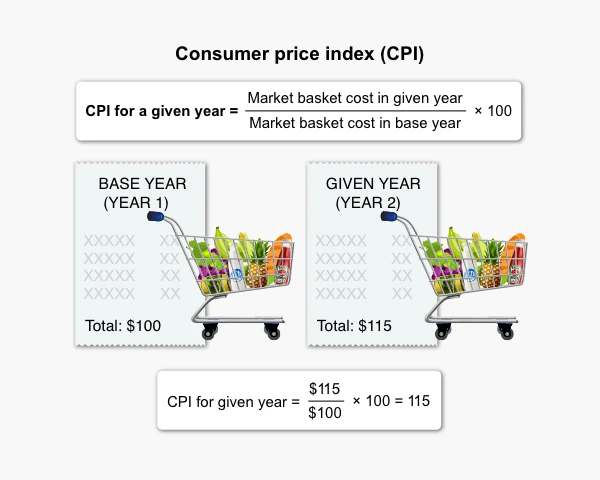
Frequently Asked Questions (FAQs)
How are the AP Macroeconomics FRQs graded?
How long is the FRQ section of the AP Macroeconomics exam?
Are diagrams essential in answering FRQs?
Can discussing current economic events help in AP Macro FRQ responses?
Where can I find released FRQs from past AP Macro exams?
References
- (2024). AP Macroeconomics. AP Central. Retrieved December 11, 2024, from https://apcentral.collegeboard.org/courses/ap-macroeconomics/exam
- (2024). AP Macroeconomics Exam Tips. AP Central. Retrieved December 11, 2024, from https://apstudents.collegeboard.org/courses/ap-macroeconomics/exam-tips
- (2023). AP Macroeconomics Free-Response Questions Set 1. AP College Board. Retrieved December 11, 2024, from https://apcentral.collegeboard.org/media/pdf/ap23-frq-macroeconomics-set-1.pdf
Related Articles
Uncover effective strategies for tackling AP Macroeconomics multiple-choice questions. Enhance your approach and dive deeper into mastering AP Macroeconomics MCQs.
How to Study for AP Macroeconomics ExamExplore effective study plans and strategies for the AP Macroeconomics exam. Master essential tips for success and take your understanding of AP Macro to the next level.
AP Macroeconomics Exam FormatDiscover the structure of the AP Macroeconomics exam, including its format, question types, and key components. Gain valuable insights to enhance your prep and confidence.
About AP Macroeconomics ExamGain a deeper understanding of the AP Macro exam, including its key details and nuances. Unlock valuable insights about why to take the AP Macro exam and how to score high.

